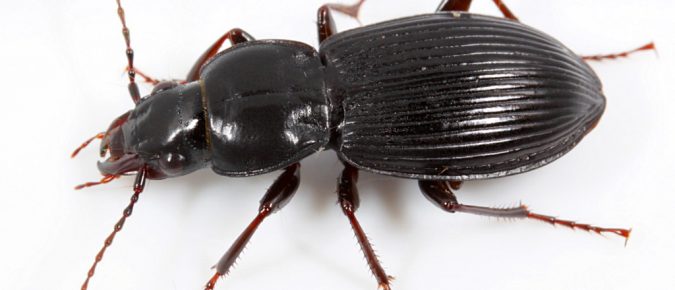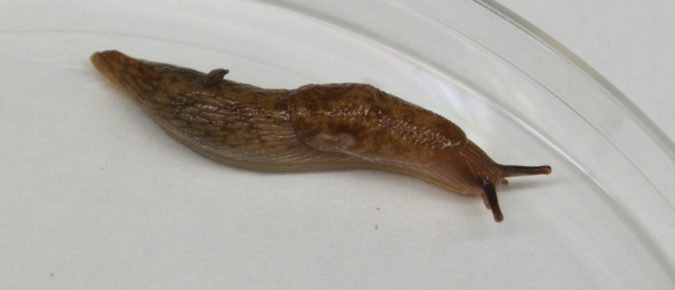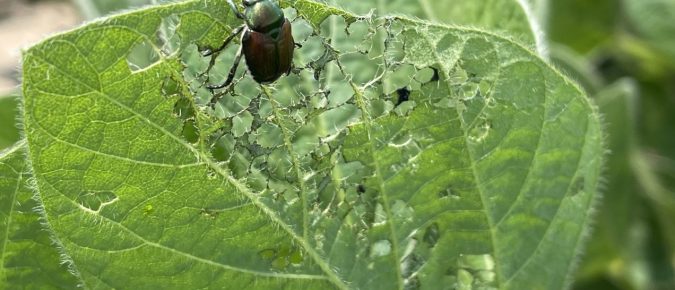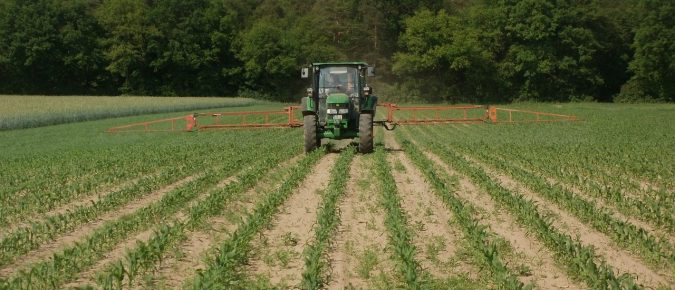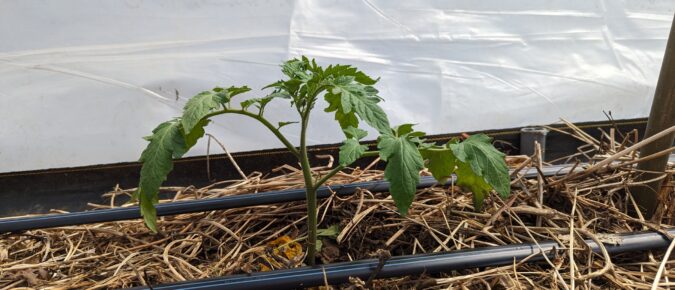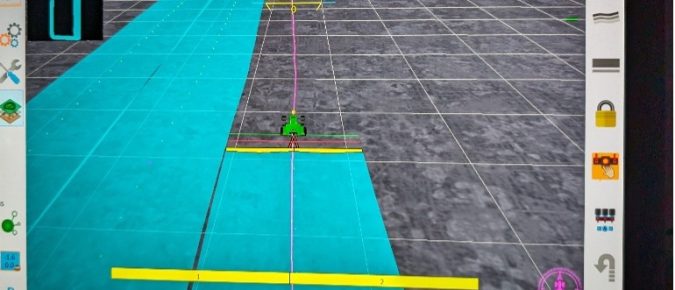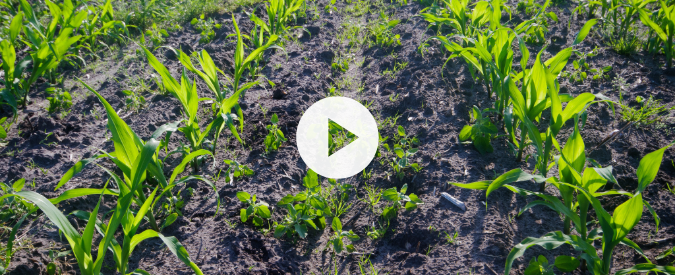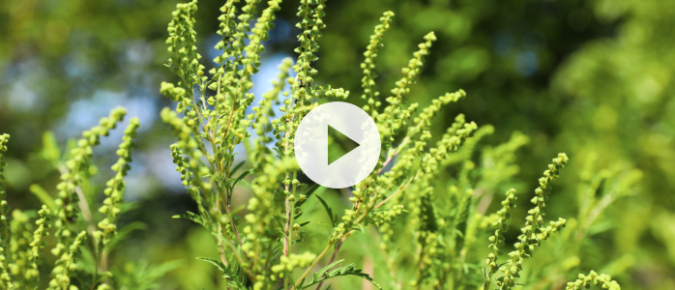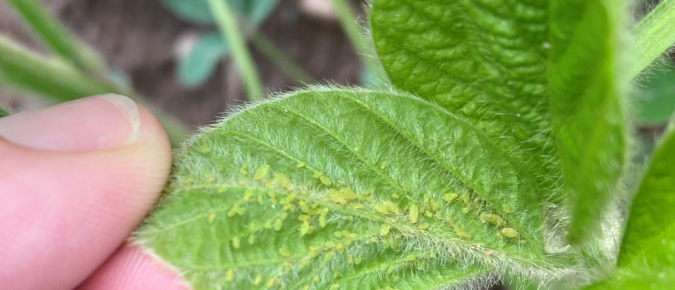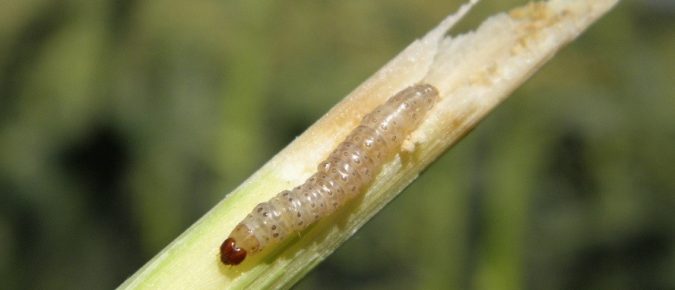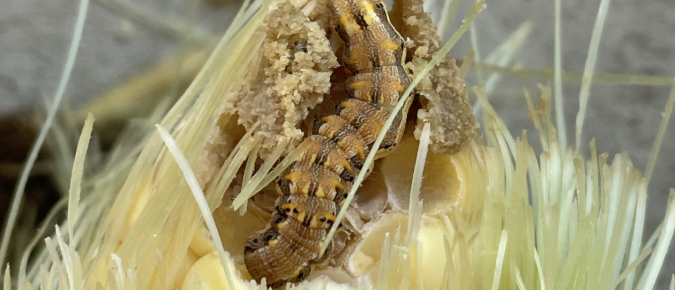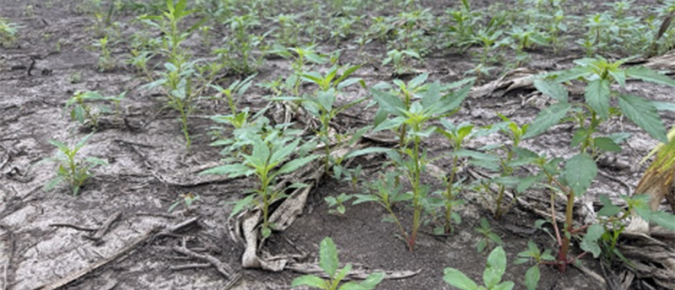Treated seed is the default for planted soybean (60-80%) and especially corn (close to 100%) acres across the US. While there are certainly advantages to some seed treatments, especially fungicidal treatments for early planted soybeans, others like insecticidal seed treatments can have a negative effect on the beneficial insects–aka good bugs–that prey on major pests in agricultural fields. Some farmers in a bid to save some money and help out the beneficials have gone back to planting naked seed.
Slugs are becoming an increasingly challenging pest for Wisconsin farmers who use conservation cropping practices like no-till and cover crops. The increased adoption of these practices in recent years, along with milder winters and wetter springs projected for Wisconsin in the future, may increase the importance of slugs as pests of field crops.
This annually updated reference guide is one convenient source for management information on the key pests of corn, soybean, forages, small grains, and stored grains and provides targeted information for Wisconsin growers.
The Herbicide Mitigation Strategy is one of the first phases of the Environmental Protection Agency’s (EPA) work plan to achieve compliance with the Endangered Species Act (ESA) and will set the tone for subsequent changes in the coming years. Moving forward, the herbicide strategy will be applied to all new herbicide active ingredient registrations and be considered during the herbicide registration review process. Outlined below are the key changes to the label and mitigation practice resources.
Do you want to get a head start on managing next year’s insect pests? Focus on managing your crop residue. Removing or tilling in crop residue this fall could make a big impact towards pest management. Read for pest-specific strategies on residue management as well as other cultural control options.
As more farmers have now grown up in the age of computers and software development, we are starting to see an increase in open-source projects related to agriculture. Open-source software (OSS) is a software product for which the code is freely available to the public to use or modify.
Dr. Tommy Butts, assistant professor of weed management at Purdue University, presents on the chemistry of herbicide applications.
Dr. Tommy Butts, assistant professor of weed management at Purdue University, covered conventional technology related to drift and weed control. Butts dug into the effects of spray volume, spray pressure, droplet size, and tip selection related to herbicide type.
Soybean aphids (Aphis glycines) are an invasive pest that can significantly stunt plant growth and yield. Soybean aphids feed on the sap of plants and leave behind a sticky residue.
European corn borers (Ostrinia nubilalis) are destructive corn pests in Wisconsin. Larvae feed on corn leaves and in developing tassels, stalks, and ear tips. European corn borer damage reduces grain quality, increases grain loss, and leads to problems at harvest.
Corn earworm (Helicoverpa zea) larvae feed on a variety of crops, mainly impacting sweet corn and hybrid dent seed corn. Larvae feed on the tips of corn ears, damaging kernels and contaminating the ears with frass.
In spots, too much water accumulated and led to drowned out spots and in some cases even entire fields. In spots, these areas were re-planted. In other areas, troublesome weeds like waterhemp are quickly escaping and will likely produce plenty of seed before a killing frost occurs.

